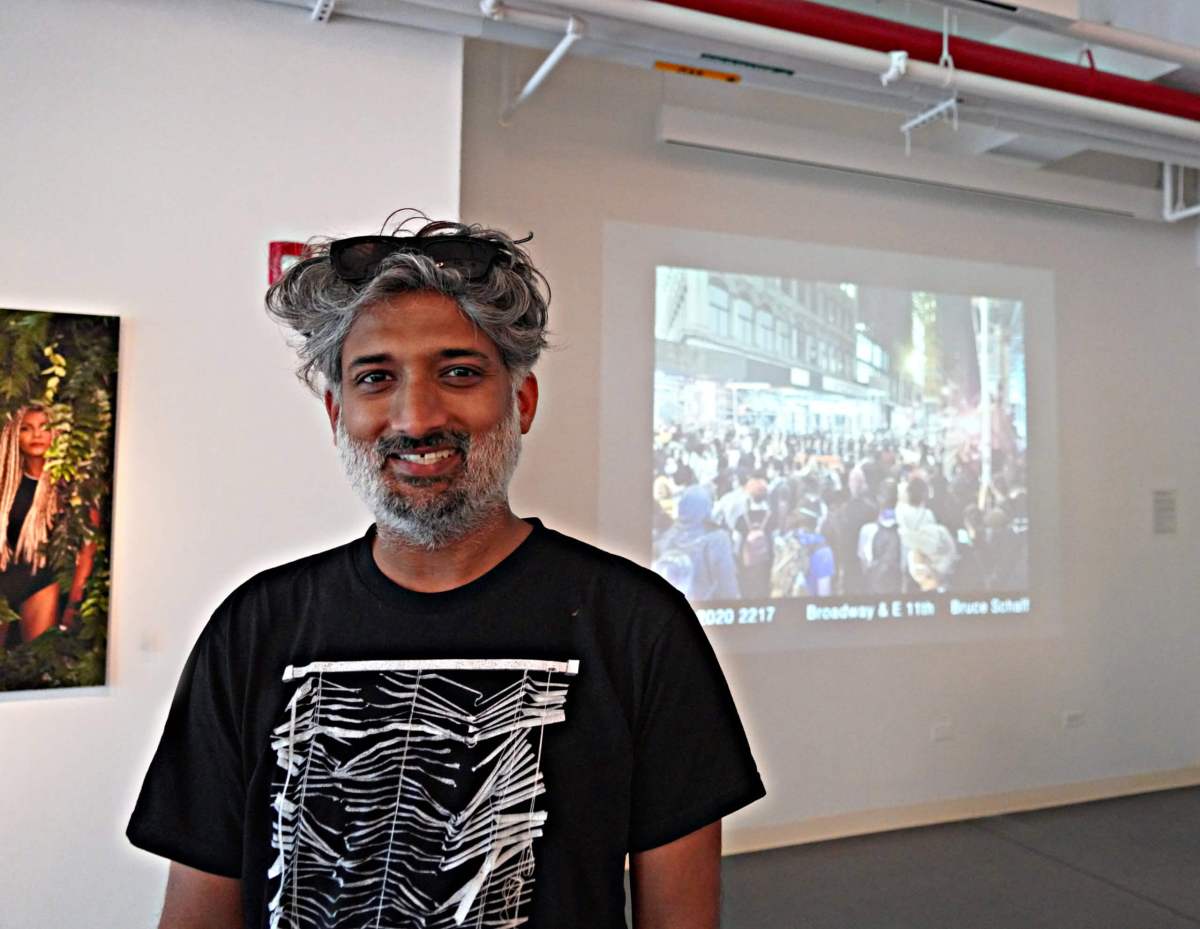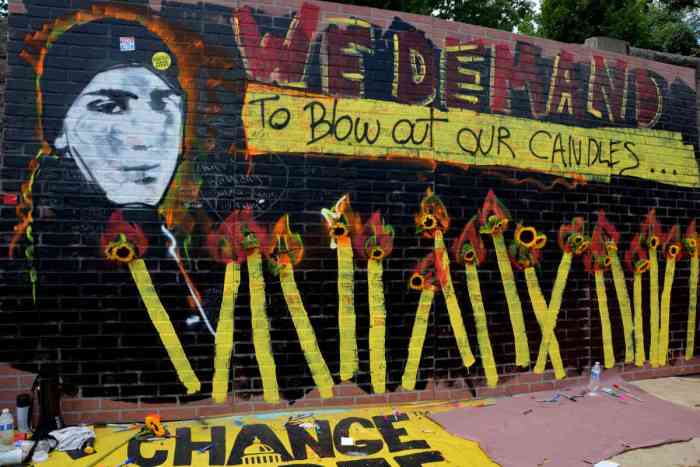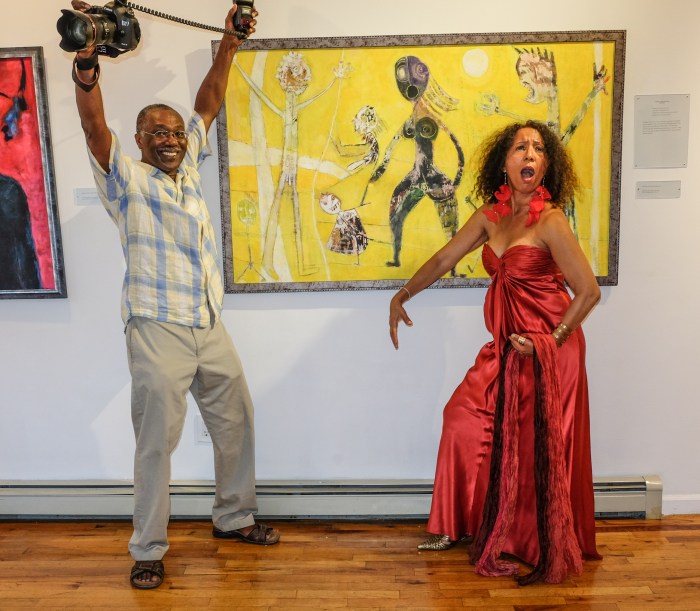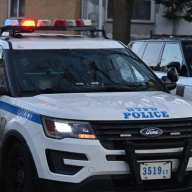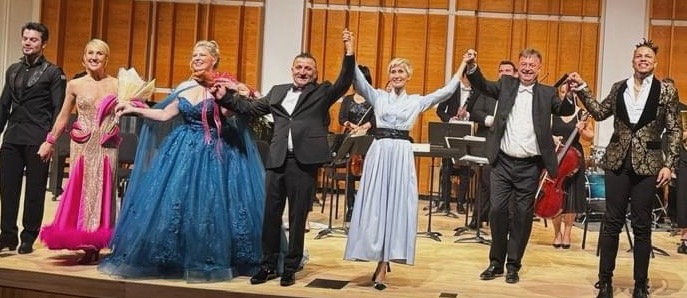The Bronx River Art Center is hosting an exhibit documenting the lineage of the 2020 summer protests told through art and still images.
The Black Lives Matter movement captured the heart and soul of a generation amidst the biggest racial tension the world had seen since the Civil Rights protests of the 1960s and the surge of deaths from a modern-day plague. Daily marches occurred in New York and across the country in the spring of 2020 following the police murder of George Floyd in Minneapolis.
Hundreds of photographers followed the tear and blood-fueled cries for justice, placing their bodies in harm’s way throughout the sun and rain as demonstrators clashed with NYPD officers, all in an effort to capture moments as historical documents. Now history can be viewed as it happened.
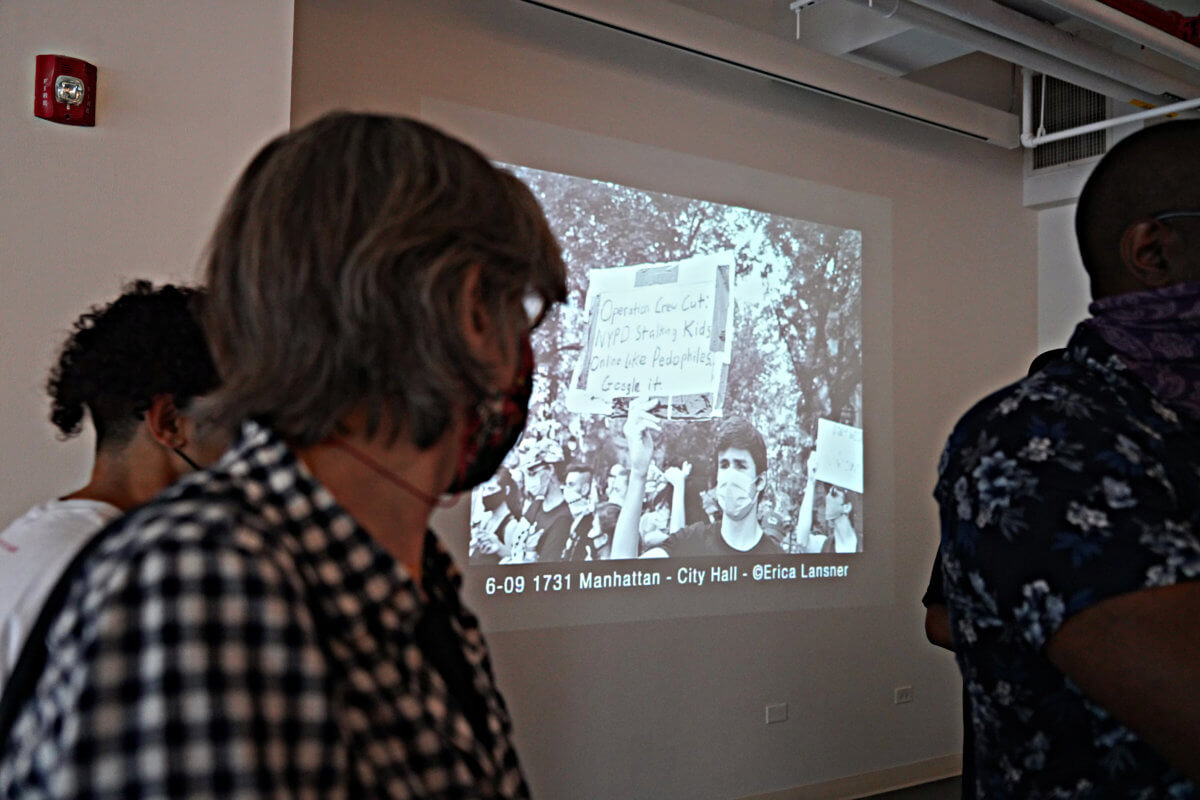
Photographer Ruvan Wijesooriya has curated a sideshow that follows the months of protests from their inception following the murder of Floyd by former police officer Derek Chauvin. The presentation showcases photograph after photograph from May 2020 to January 2021. Each picture is time stamped with a date and the photographer’s credit, chronicling the evolution of the movement.
This is a part of a larger exhibit at the Bronx River Art Center located at 1087 East Tremont Avenue named In Honor of Black Lives Matter, showcasing printed photographs taken by black photographers curated by Shawn Batey; and “Not tired yet” by Caroline Mardok, which features a panoramic image depicting the sacrifices and power of Black women, Black Trans women and non-binary individuals who have led protests and social change in NYC.
The seeds for the slideshow were first planted within Wijesooriya’s mind as he was capturing moments for a magazine who deemed the violence on the streets to be too controversial.
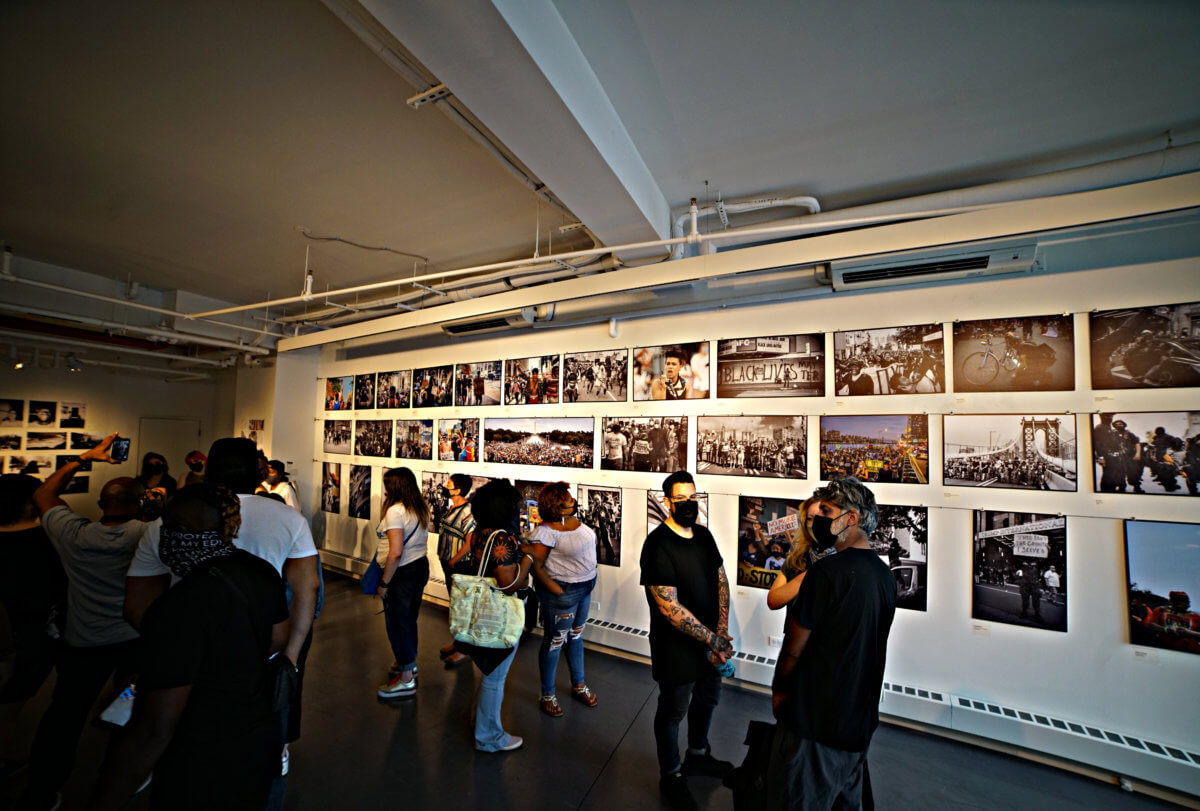
“They ended up not publishing the pictures because it was so sensitive, I don’t think they or anyone else had a conversation about police brutality in America in ages,” Wijesooriya told amNewYork Metro.
With Wijesooriya’s concern that many publications were not revealing the rawness of the protests to the world, the photographer took it upon himself to capture the moments he felt had historical importance to the people who were actually taking part in them.
However, Wijesooriya was also aware that he was not the only person snapping pictures of the thousands of individuals all over the city using their voice to call for change. So, he made the call to work with a host of other photographers to set up a time lapse of events.
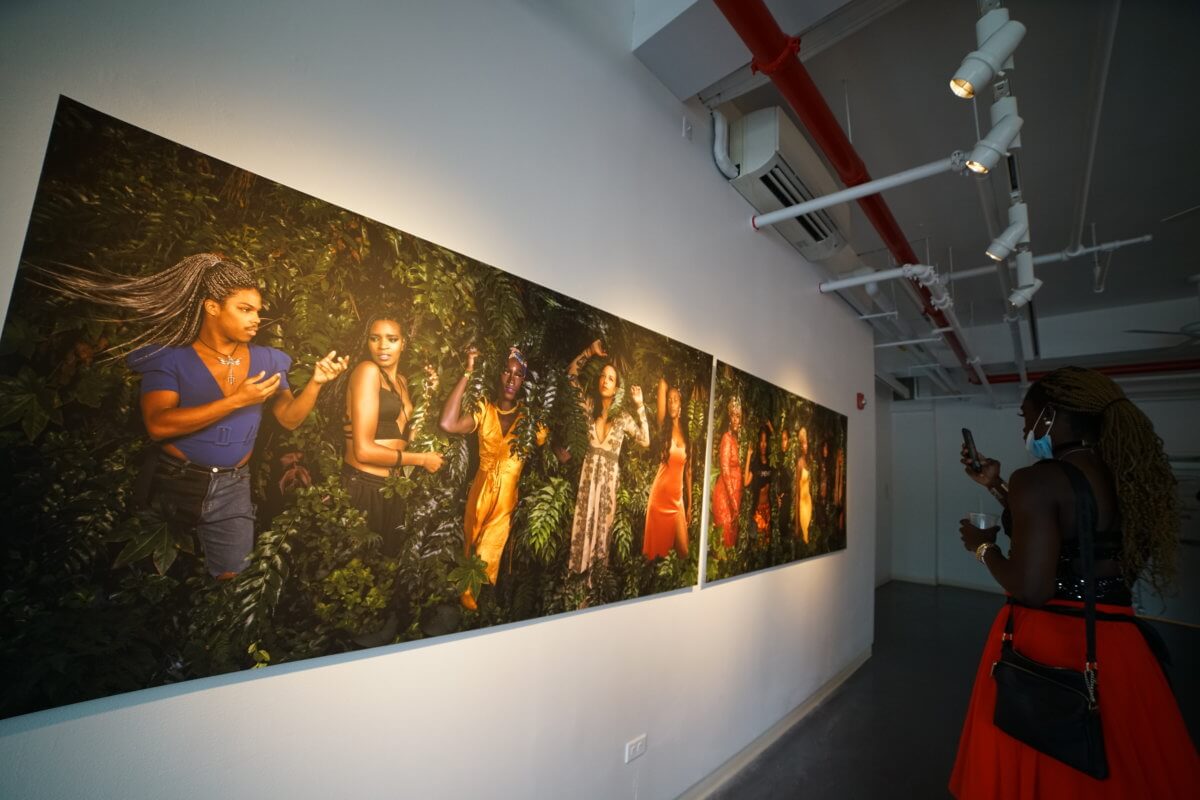
“There are so many talented photographers, and everyone went out with a different agenda, everyone sees different things,” Wijesooriya said. “Here are all these pictures people have submitted and let me take the best ones and put them next to each other so there is this kind of conversation happening.”
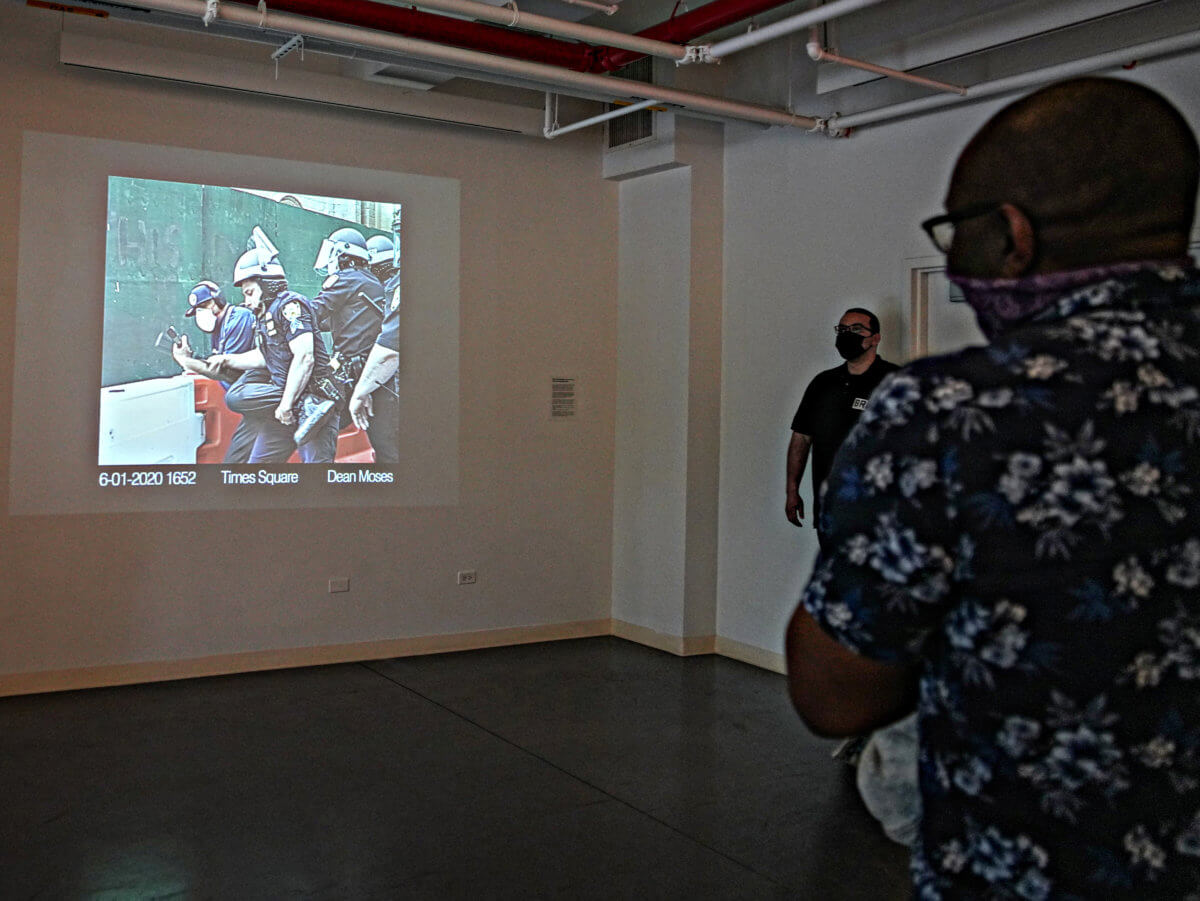
Wijesooriya sifted through thousands of images for months before finally creating the end result, which is available to view until June 26. He is hoping to create a large-scale event in which he broadcasts the slideshow from different points in the city at the same time.
Before then, Wijesooriya additionally has a solo exhibit illustrating his photography and a short film called Joy Became the Resistance, now on view at 863 Broadway on Union Square.



